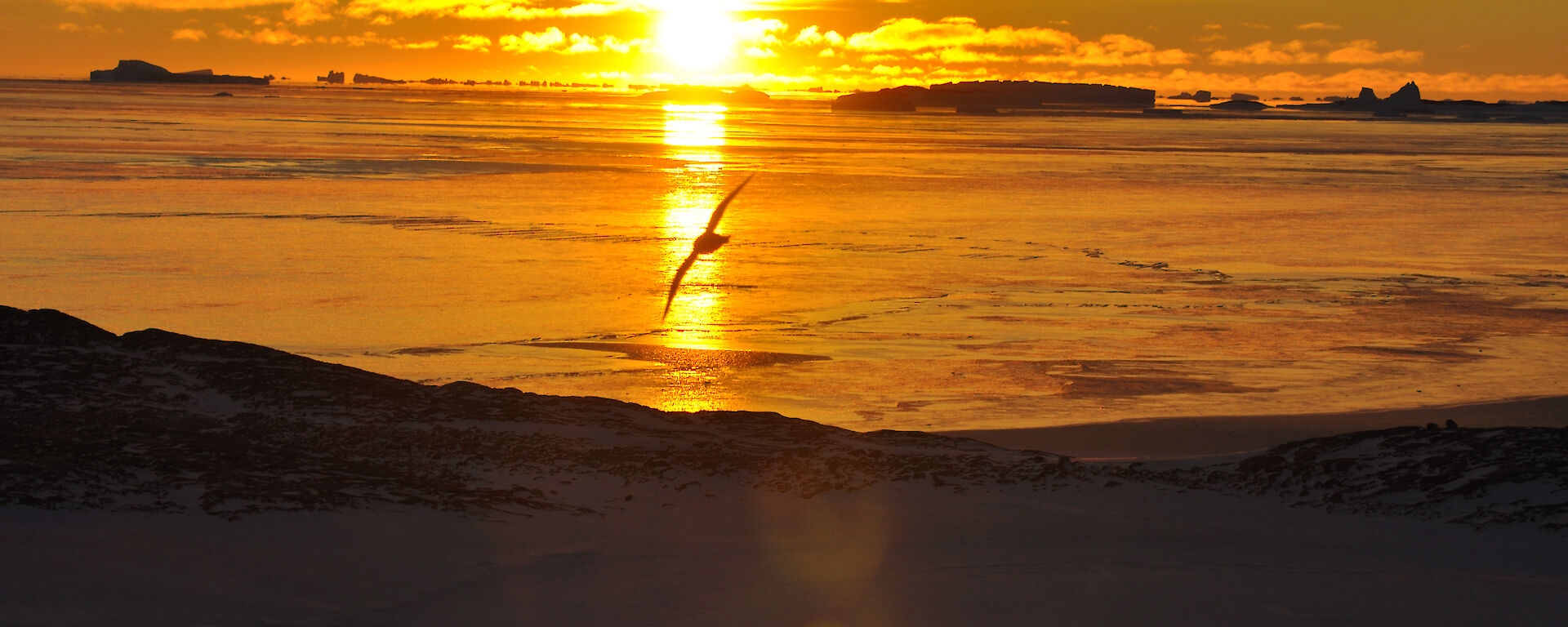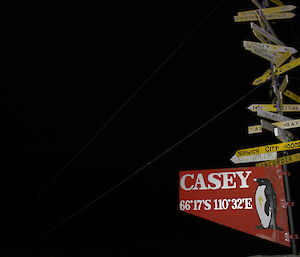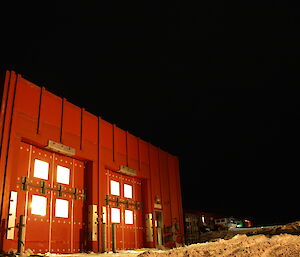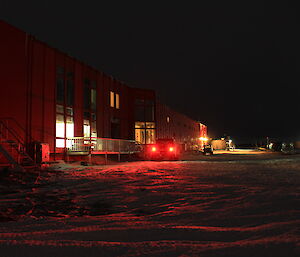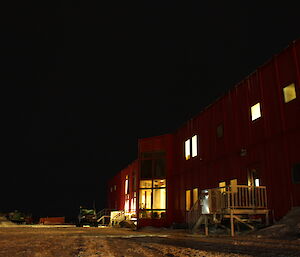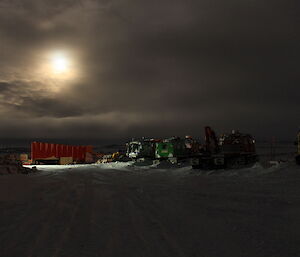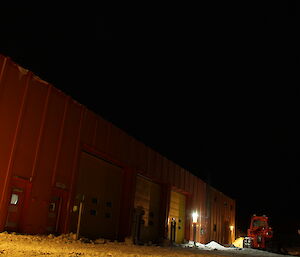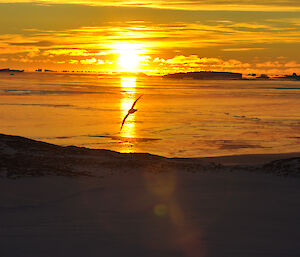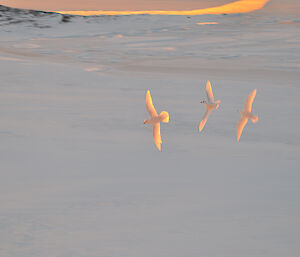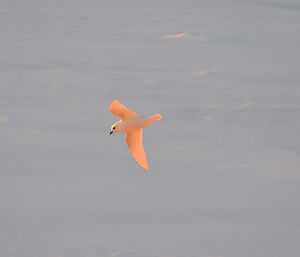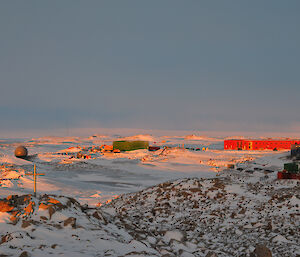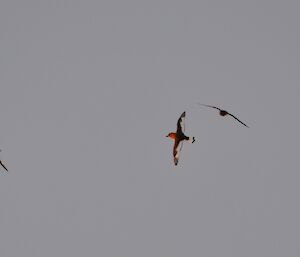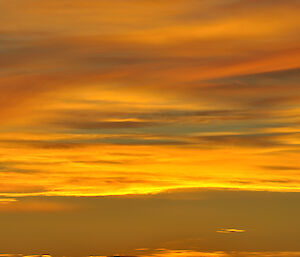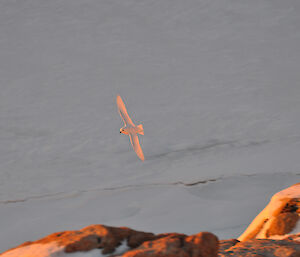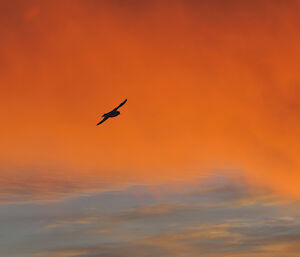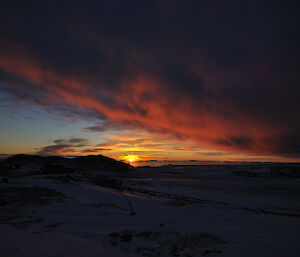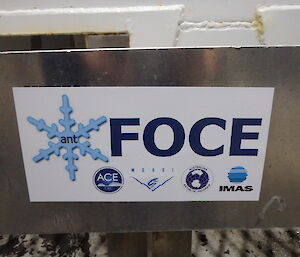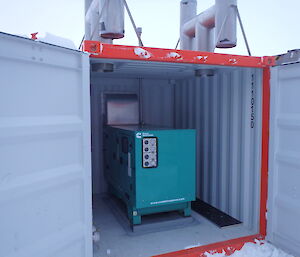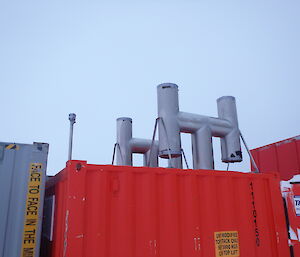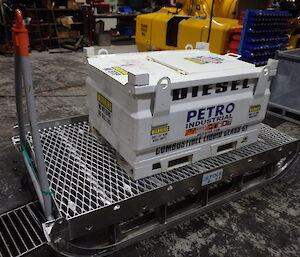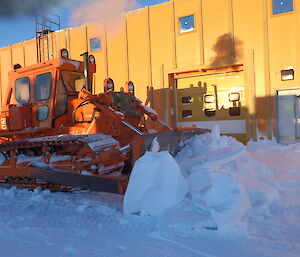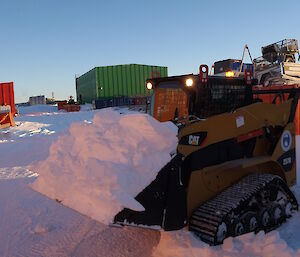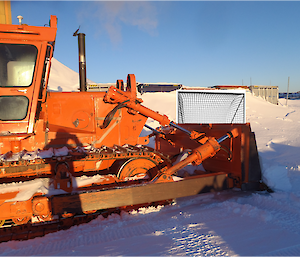Some days down here are hard to describe they are so incredibly stunning that words and even images can’t do them justice. Last Sunday was such a day, made even better by the fact that it was the weekend and we didn’t have to work so had the time to absorb it. Although, it was cold — down around −20°C, so a bit chilly.
When you see snow petrels and Antarctic petrels cruising effortlessly between the snow covered rock valleys enjoying the gold/orange rays of the sunset, you have to wonder, how can such (relatively) small birds survive down here through the winter? Our expert back in Kingston (Barb Wienecke) assures us that if there is open water in the vicinity, then they can get enough food to sustain themselves in the extremes of an Antarctic winter.
The images below — captured by Pete while up on Reeves Hill — show these birds in their element, reflecting the stunning colours of the magnificent liquid gold sky.

